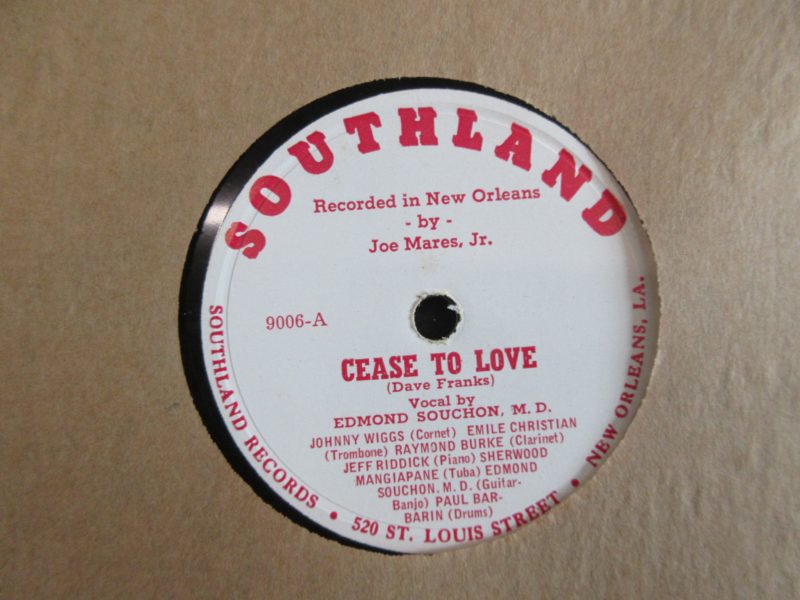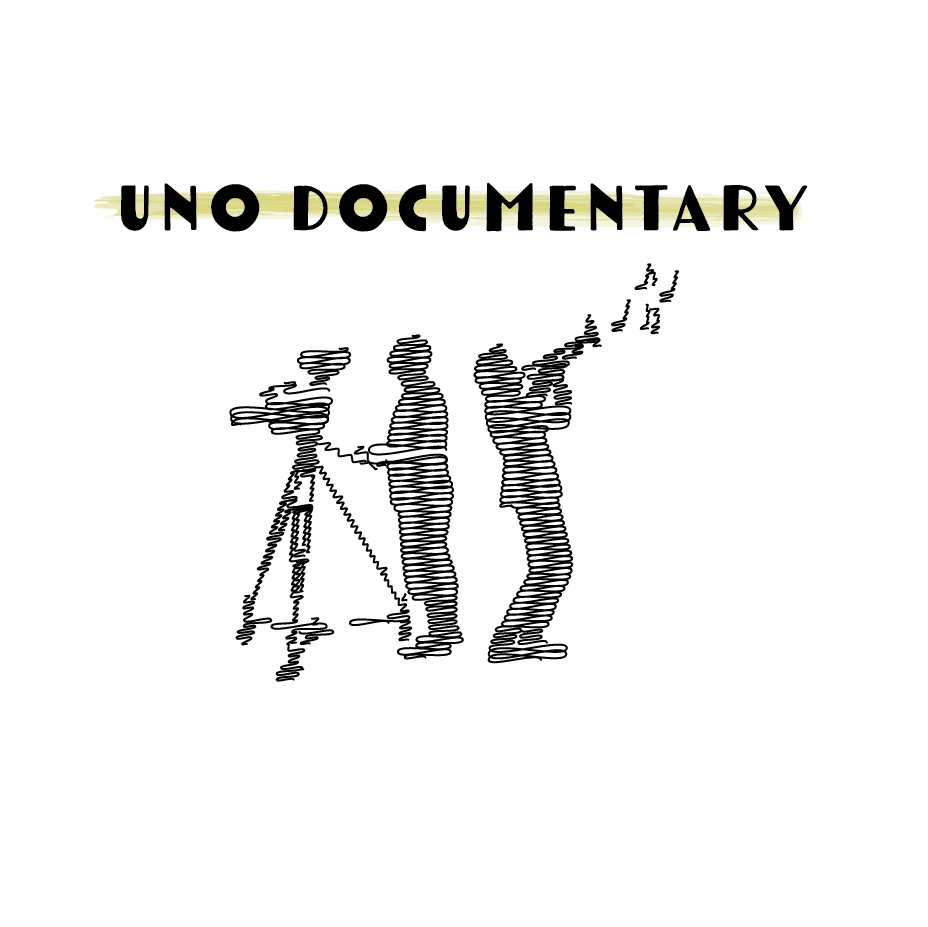Southland Records was founded in 1953 by Joe Mares, a well-known Dixieland clarinetist and later the Vice President of the New Orleans Jazz Center (Records found in Hogan Jazz Archive, Tulane University, New Orleans, LA). Music ran in the Mares family, as his brother Paul was a jazz cornet and trumpet player, and his father played with the military band in New Orleans (The New Grove Dictionary of Jazz, Ed. 2, edited by Barry Kernfeld). Joe Mares came up with the concept of the record label after seeing that many New Orleans musicians were not being signed with other labels and had few other opportunities. Southland Records was a very important contribution to New Orleans music, giving musicians the chance to have their music heard, with a grassroots leadership and following.
Artists on Southland
Some of the earliest artists that recorded and distributed their music with Southland Records include Johnny Wiggs, Tom Brown, Stanley Mendelson, and Harry Shields. Mares helped them get jobs that would lead to their exposure, such as at clubs like L’Enfants, Perez’s Oasis, and the Mardi Gras Lounge. Originally, Mares had intended to help artists like these get signed to other labels, arranging for executives to come listen to them play. When this failed, Mares began his own label and signed them. Later artists also include Papa Celestin, George Lewis, Armand Hug, Papa Jack Laine, Joe Capraro, Monk Hazel, Sharkey Bonano, Jack Delaney, Santo Pecora, Chink Martin, Raymond Burke, Tom Brown, Harry Shields, Thomas Jefferson, Johnnie Wigs, Stanley Mendelson, Centobia, Johnny St. Cyr and his Hot Five, and Nick LaRocca.
Production

A typical Southland Record. Photo by Infrogmation of New Orleans, reproduced here under the Creative Commons.
The official sight of Southland Records was at 520 St. Louis Street in the back of Mares Brothers Furs, a fur and hide company that was started by Mares’s grandfather, father, and uncle. All band practices were done at this location, while recording was done at local television and radio stations and performance halls, such as WDSU, Woodmen of the World Hall, Legion Hall, WTPS, and WSMB. For the most part, the members of the bands that were assembled by Mares had never previously played together, but worked well together nonetheless, making between $400 and $600 per recording session. Approximately 40 records were made on Southland while Mares was the owner, the most successful being Papa Celestin’s Golden Anniversary, released in 1954.
Distribution and exhibition
The earliest records that Southland put out were released in 200 series of 12 ten inch LPs, 900 series of 26 ten inch- 78 RPM discs or 800 series of ten 45 EPs. However, in 1954, the format changed to a standard 12 inch LP.
The bands that were represented on Southland Records gained exposure by performing at such events as the World Series of Bands, at Disneyland and traveled to faraway cities such as Philadelphia, New York, and Los Angeles with distributors.
Southland today and its legacy
Mares sold Southland Records to George H. Buck in the late 1960’s, and Southland became incorporated into Buck’s Jazzology Records Label (http://www.jazzology.com/southland_records.php. Copyright 2001, The George H. Buck Jr. Foundation). Mares felt he had accomplished all he could as owner of the label, which was “to give some New Orleans jazz greats a chance to be heard outside of New Orleans and around the world to get the recognition they deserve.” Mares was well-known for working with any artist, no matter what race and was insistent that Buck keep all of his works in print. Since then, Buck has reissued some of his works through his other labels. Mares’s legacy lives on, and as jazz guitarist and writer Doc Souchon said, Mares did “more for New Orleans musicians than anyone I’ve known.”






